You will be familiar with the 1930s line, “Whenever I hear the word culture, I reach for my gun.” Whenever I hear the word culture I reach for the nearest restaurant. Culture makes me hungry and there is no better place to post-mortemize the latest exhibition or concert than from a comfortable seat in a local joint.
For 19th-century progressives, railway stations were the most in-your-face examples of a new and better world. “The railway station is the highest monumental and artistic expression of the industrial and commercial genius which so specially characterizes the era in which we live,” César Daly proclaimed in 1861. In Paris, the golden age of train-station building went out with a bang in 1900 with the Gare d’Orléans and the Gare d’Orsay, both built to serve visitors headed for that year’s World’s Fair. Despite its central location and spectacular river frontage, the Orsay was obsolete within 50 years and a white elephant threatened with demolition by 1970. Salvation came with a plan to turn the station into a museum of the 19th century and those plans accelerated as it became part of François Mitterrand’s grands projets – massive public works designed to enhance Paris in celebration of the bicentenary of the French Revolution in 1789.
Some of Mitterrand’s babies have not grown up so well: the “People’s Opera” at the Bastille, intended to replace the elitism of the Palais Garnier, is blandly functional; the pyramid entrance of the Louvre can’t cope well with the flow of visitors. But the Musée d’Orsay has been a triumph of historic building repurposing and superb curation and scholarship.
Sargent: The Paris Years (1874-1884) arrives in September. But where to eat after seeing it? As well as various places to get a coffee and a bun, the museum has a beautiful belle époque dining room with an interesting menu, but alas – and zut alors – they do not take reservations. The reservationless restaurant is a curse of contemporary eating and after the rigors of exhibition-going, I am not in the mood to line up.
There are a couple of serviceable cafés across the street, but you are in Paris and do you really want lunch in a serviceable café? A brisk four-minute walk around the corner gets you to Cinq-Mars (51 rue de Verneuil, Paris 75007). I suppose I have been going there for six or seven years and admire its consistency, its warmth and its devotion to simple and excellent renditions of some of the French classics.
You might kick off with leeks vinaigrette or a very correct oeufs mayonnaise. My favorite first course remains the iconic brasserie dish of smoked herrings with an olive-oil-dressed potato salad. On a hot day they produced a vibrant cold zucchini soup jazzed up with dollops of fromage frais. Of course you can have steak and chips and there is a heroic seven-hour slow-cooked lamb. They are also very good with fish.
On my last outing, Lady G and I both had a perfectly cooked turbot fillet reclining, à la Madame Récamier, on a bed of wilted spinach. Desserts include the traditional greatest hits like Mont Blanc, îles flottantes and crème brûlée. Coffee is good and the wine list to the point and well-chosen. We drank a terrific organic Menetou-Salon. Prices are doux (€7.5 to €26 for first courses, €15 to €45 for mains and desserts coming in at between €11 and €15) especially for the high-rent 7th arrondissement. I like the look of the place, too, with its 1900-ish workshop aesthetic: sturdy wooden tables with no tablecloths, solid utilitarian cutlery and glasses, old-school café chairs and a beautiful well-worn tile floor. Clientele is youthful and it can get a little noisy.
Even though we were in the touristy Marais on a Sunday, it was full of real French people
Eating well in the Marais, where several other museums reside, is a challenge. There are a huge number of restaurants there, but I fear many of them are somewhat cynical operations aimed at one-time visitors. The Café des Deux Musées is handy if you’re visiting the Picasso Museum or the Carnavalet, which they are gradually rebranding as the Musée Histoire de Paris.
On a recent double-header trip to the Archives Nationales (fascinating and little-visited) and the Musée d’Art et d’Histoire du Judaïsme, which is hosting a fabulous Alfred Dreyfus exhibition until the end of this month, we went to Grand Coeur (big heart) which occupies a 17th-century grand cour (big courtyard). I liked everything about it. Hip, but not too hip. A clever, but not too clever, menu with hints of the South of France. Invigorating cold soup on another hot day with fresh peas, spinach and basil, great oysters, artichoke hearts with bagna cauda. And even though we were in the touristy Marais on a Sunday afternoon, the place was full of real French people.
This article was originally published in The Spectator’s August 2025 World edition.



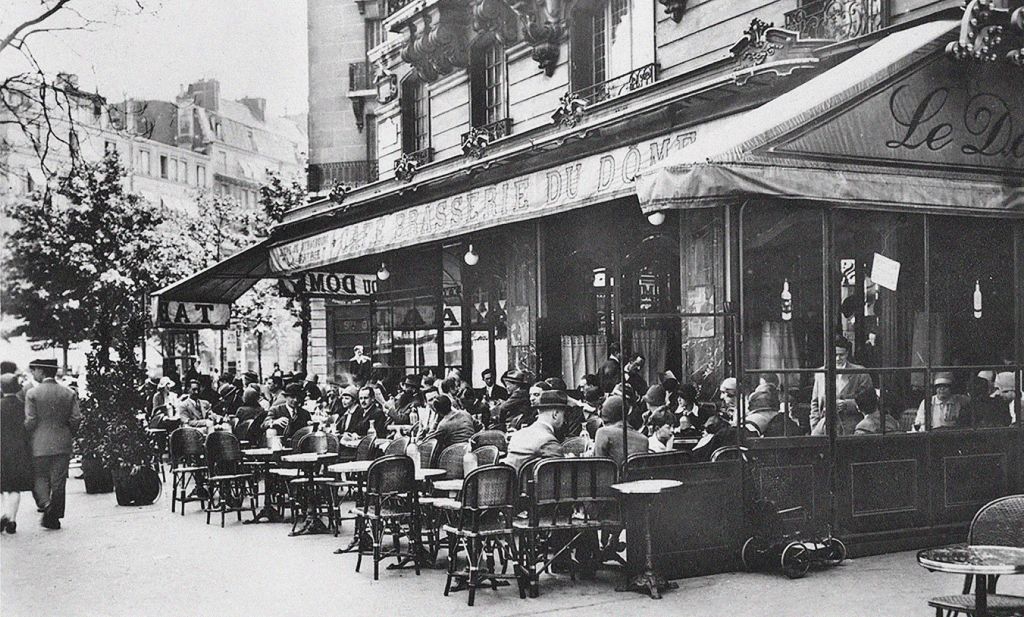






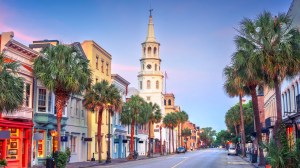



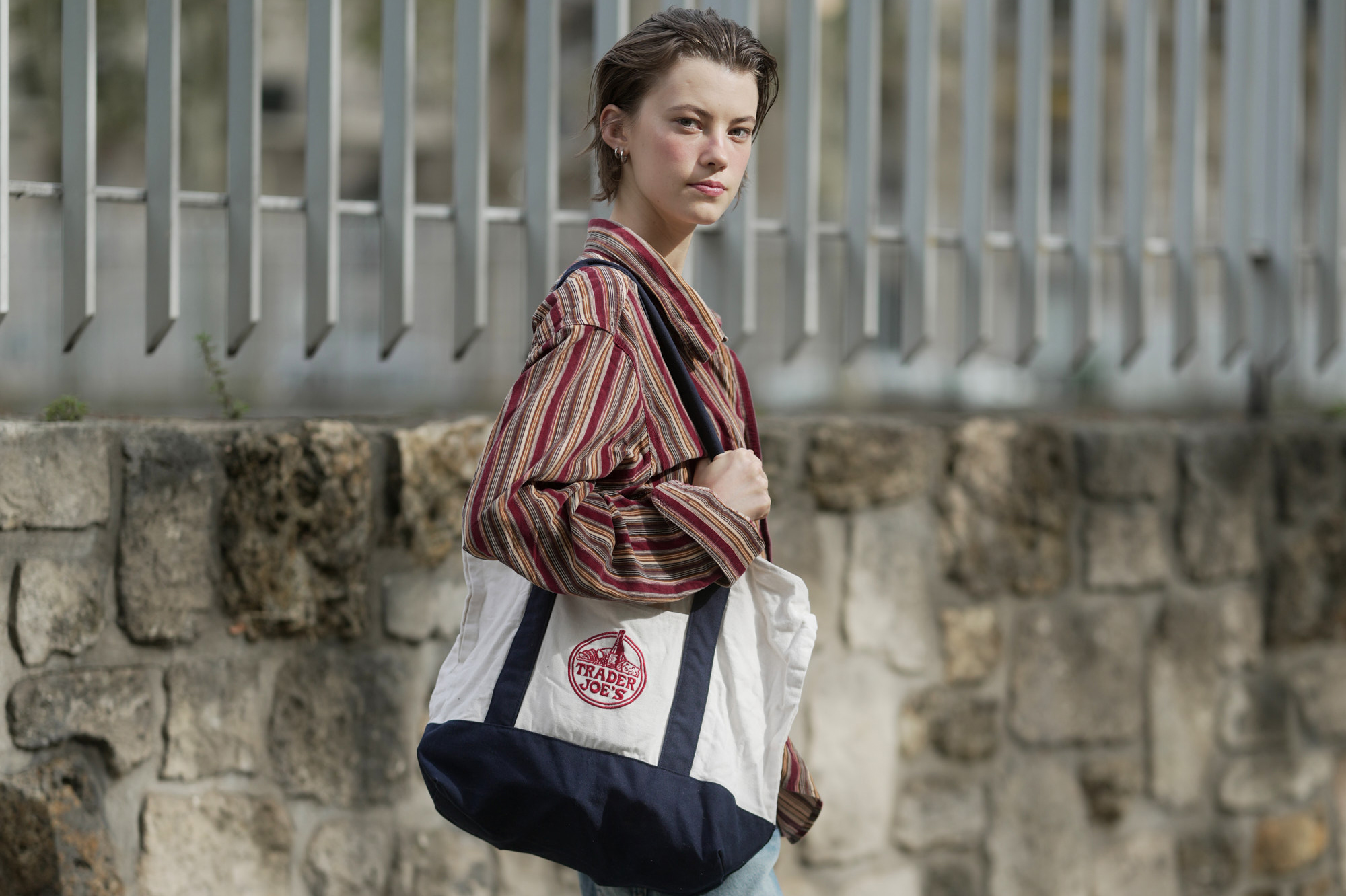
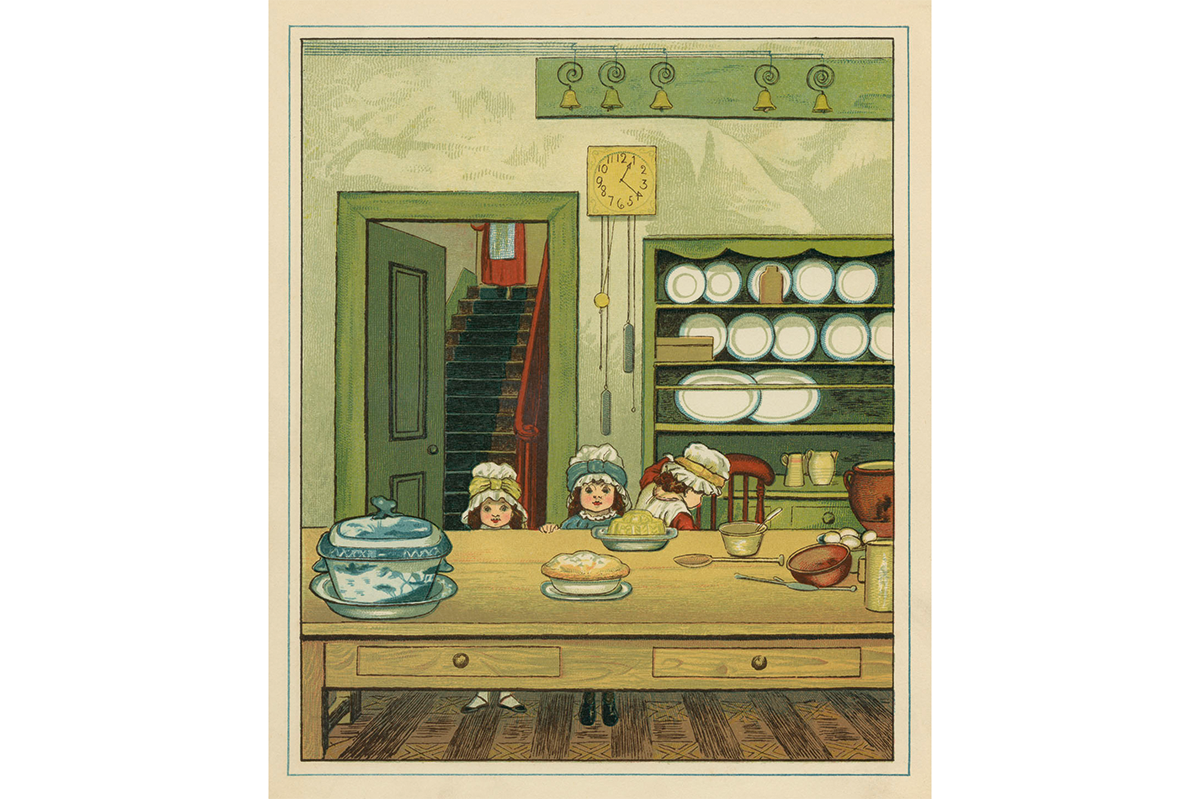
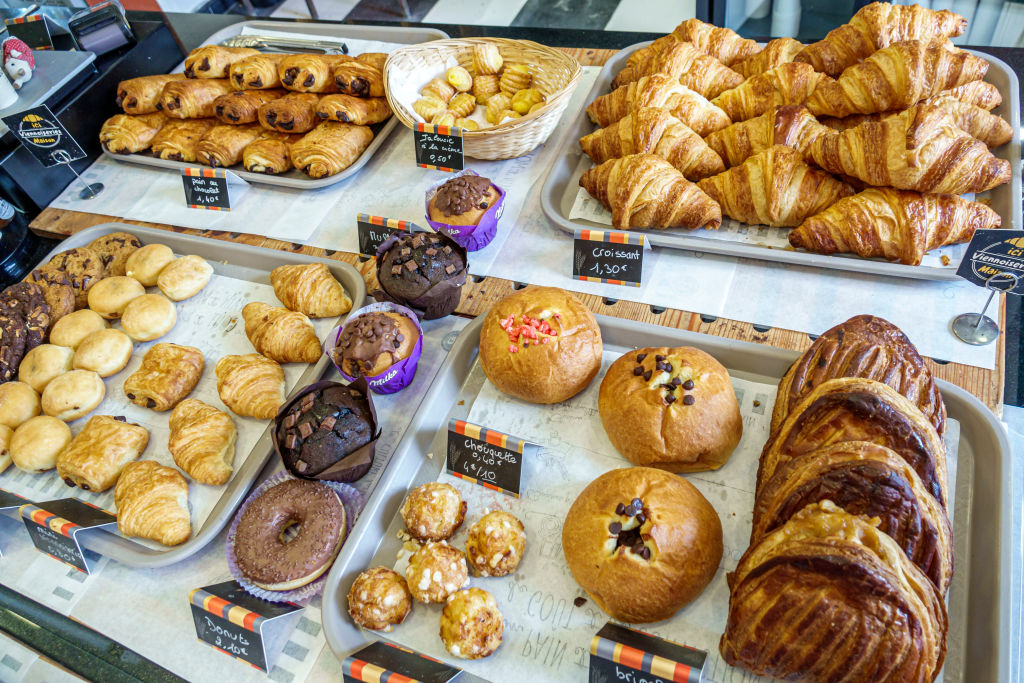
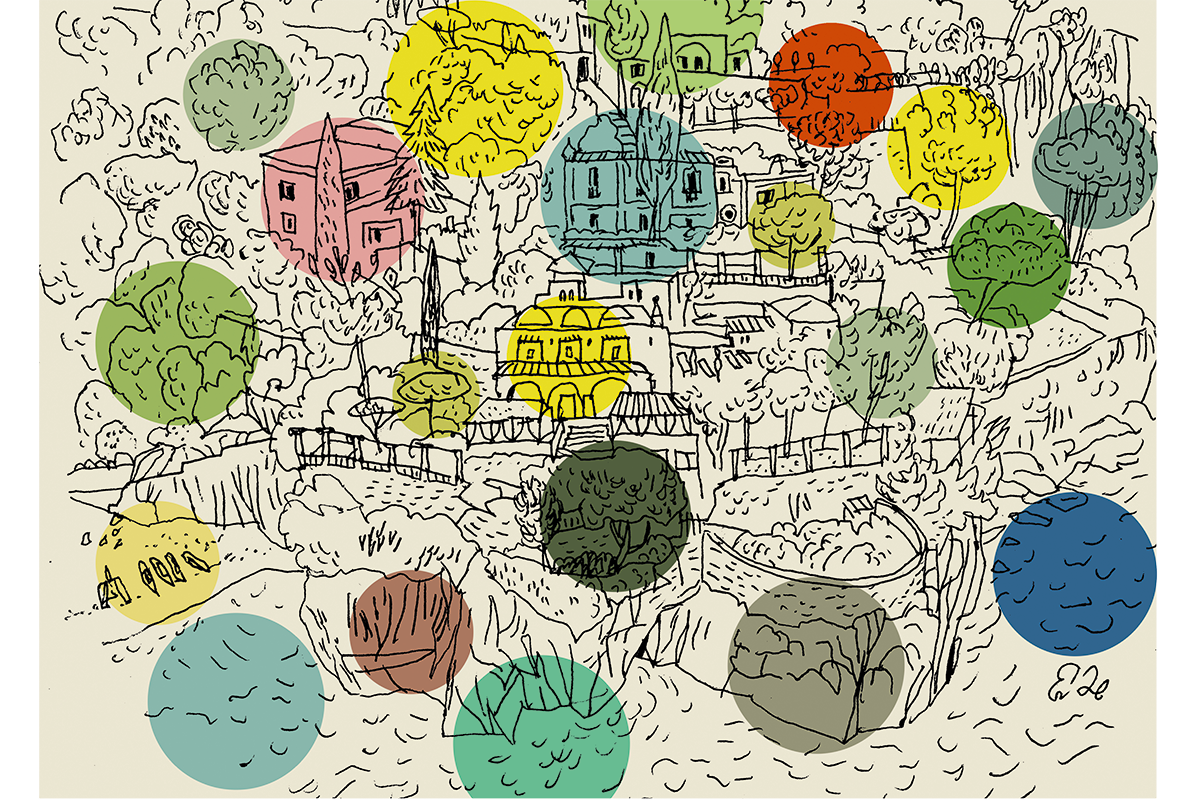








Leave a Reply